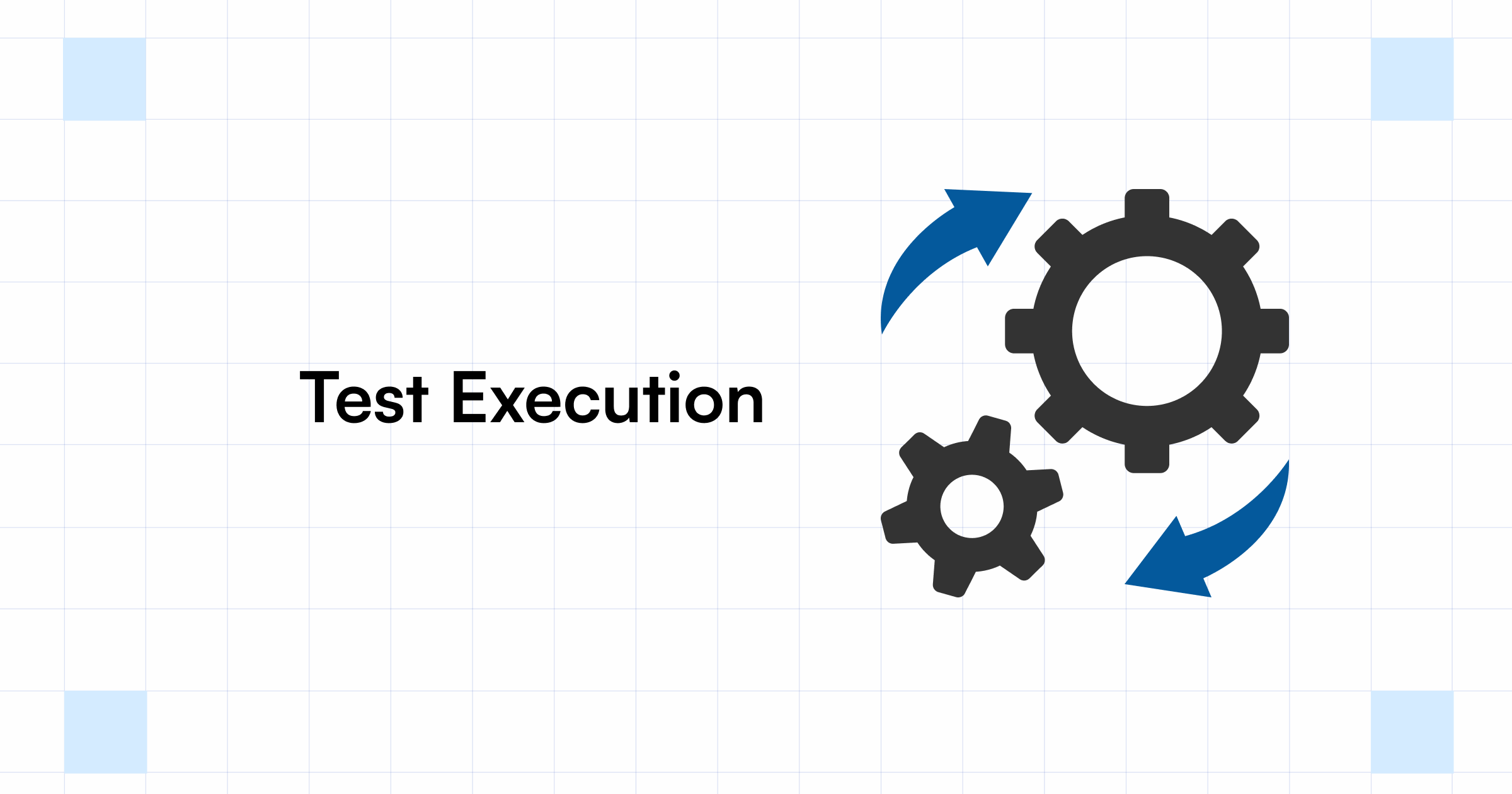Artificial Intelligence (AI) is revolutionizing many fields, including software development. AI-driven signal generation tools have got emerged as effective assets for designers, offering the potential to accelerate code tasks, enhance production, and minimize human mistake. However, these equipment also present distinctive challenges, particularly if it comes to screening and validating their very own output. In this article, we explore successful test setup strategies through case studies in AI code generation tasks, highlighting how various organizations have tackled these challenges properly.
Case Study just one: Microsoft’s GitHub Copilot
Qualifications
GitHub Copilot, powered by OpenAI’s Codex, is a great AI-driven code achievement tool incorporated into well-known development environments. news suggests code clips and even builds entire functions using the context provided by the developer.
Tests Issues
Context Knowing: Copilot must know the developer’s intention and the context of the signal to offer relevant ideas. Ensuring that the AJE consistently delivers exact and contextually suitable code is important.
Code Quality and even Security: Generated code needs to abide by best practices, always be free from vulnerabilities, and integrate easily with existing codebases.
Strategies for Test Delivery
Automated Screening Frameworks: Microsoft uses a comprehensive suite of automated testing tools to gauge the suggestions and code produced by Copilot. This specific includes unit testing, integration tests, and security scans to make sure code quality and sturdiness.
User Feedback Spiral: Continuous feedback by real users is incorporated to distinguish areas where Copilot may well fall short. This kind of real-world feedback allows fine-tune the design and improve it is performance.
Simulated Environments: Testing Copilot throughout simulated coding surroundings that replicate different programming scenarios guarantees that it can deal with diverse use cases and contexts.
Results
These strategies possess led to substantial improvements in typically the accuracy and trustworthiness of Copilot. The particular use of automatic testing frameworks in addition to user feedback coils has refined the particular AI’s code generation capabilities, making that an invaluable tool intended for developers.
Case Study 2: Google’s AutoML
Background
Google’s AutoML aims to make simpler the process associated with building machine learning models by automating the design plus optimization of neural network architectures. This generates code intended for training and implementing models based in user input plus predefined objectives.
Screening Difficulties
Model Performance: Making certain the created models meet overall performance benchmarks and will be optimized for particular tasks is actually a main concern.
Code Correctness: Generated code need to be free through bugs and efficient in execution to be able to handle large datasets and complex computations.
Strategies for Test Execution
Benchmark Tests: AutoML uses considerable benchmarking to test out the performance regarding generated models against standard datasets. This particular helps in determining the model’s usefulness and identifying virtually any performance bottlenecks.
Program code Review Mechanisms: Automated code review tools are employed to check for code correctness, efficiency, and faithfulness to best methods. They also assist in identifying prospective security vulnerabilities.
Continuous Integration: AutoML integrates with continuous integration (CI) systems to automatically test the generated code in the course of development cycles. This kind of ensures that virtually any issues are detected and resolved early on in the advancement process.
Results
AutoML’s test execution strategies have resulted within high-performance models that will meet user anticipation. The integration of benchmarking and automatic code review systems has significantly increased the quality in addition to reliability of typically the generated code.
Case Study 3: IBM’s Watson Code Associate
Background
IBM’s Watson Code Assistant is an AI-powered tool built to assist developers by simply generating code clips and providing code suggestions. It is usually incorporated into development environments to facilitate program code generation and debugging.
Testing Challenges
Accuracy of Suggestions: Guaranteeing that the AI-generated code suggestions are accurate and relevant to the developer’s needs is a new critical challenge.
The use with Existing Signal: The generated computer code must seamlessly incorporate with existing codebases and adhere in order to project-specific guidelines.
Techniques for Test Execution
Contextual Testing: Watson Code Assistant makes use of contextual testing methods to evaluate the meaning and accuracy regarding code suggestions. This particular involves testing the particular suggestions in several coding scenarios to ensure that they meet the developer’s requirements.
Regression Testing: Regular regression screening is conducted to make certain new code ideas do not expose errors or issues with existing program code. This can help maintain code stability and efficiency.
Developer Collaboration: Watson incorporates feedback through developers who use the tool throughout real-world projects. This collaborative approach allows in identifying in addition to addressing issues related to code accuracy and integration.
Results
Typically the contextual and regression testing strategies utilized by Watson Code Assistant have enhanced the particular tool’s accuracy plus reliability. Developer feedback has been instrumental in refining the AI’s code era capabilities and increasing functionality.
Key Takeaways
In the case scientific studies discussed, several key strategies emerge regarding successful test delivery in AI signal generation projects:
Automatic Testing: Implementing comprehensive automated testing frames helps ensure code top quality and performance.
Customer Feedback: Incorporating real-life feedback is vital for refining AI models and increasing accuracy.
Benchmarking and even Code Review: Normal benchmarking and automated code reviews are essential for sustaining code correctness and efficiency.
Continuous Integration: Integrating AI signal generation tools using CI systems will help in early detection and resolution associated with issues.
Contextual Tests: Evaluating code ideas in diverse situations ensures that they satisfy the developer’s demands and project needs.
By leveraging these kinds of strategies, organizations can easily effectively address the particular challenges of AI code generation and even harness the total potential of these superior tools. As AI continues to evolve, ongoing improvements throughout test execution tactics will play a new vital role in ensuring the stability and success involving AI-driven software growth.